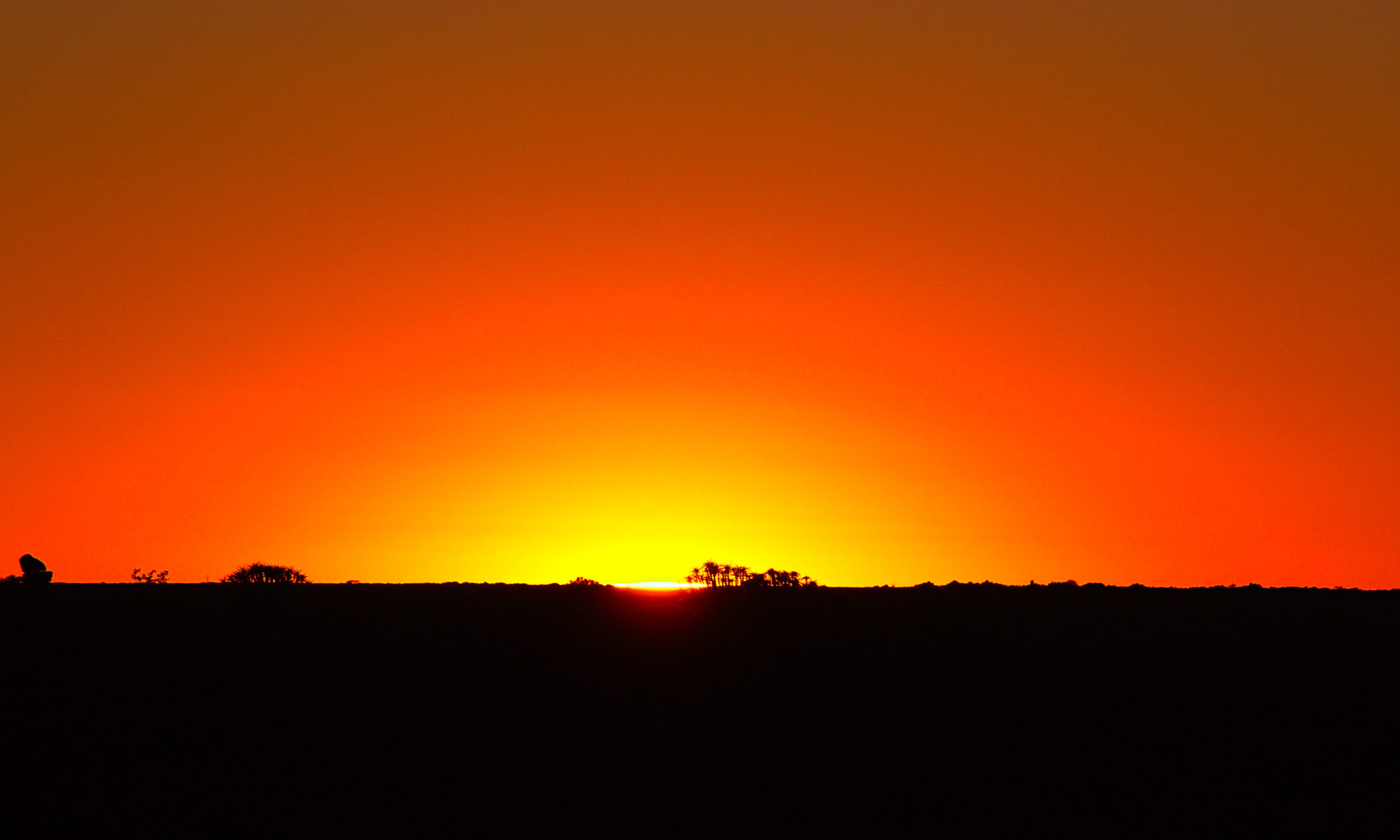Vršič Pass, SLOVENIA: After we have been in the area of the Vršič pass a few days ago, this time we want to go up the mountain on the opposite side. But this time we had no real information where to go. I had the information on my openstreet map that it could go to a mountain called Nad Sitom Glava without any problems.
So like the other hikers we first walked the main track to the left and then turned up to the right in time. From then on we were on our own. As we later found out, we had turned too early, but still a path went through bushes and over scree. It was a bit difficult to find the right way from below but we finally found it.
The path was quite steep and should really be taken by experienced hikers. At the top there is a ridge after which it goes steeply down. If you want to go down you have to be careful not to slip on the way so steep it is.
